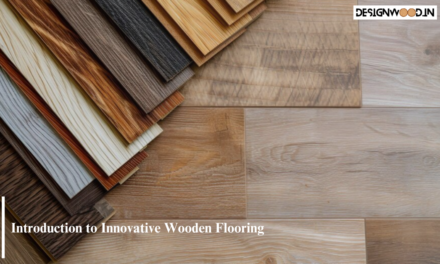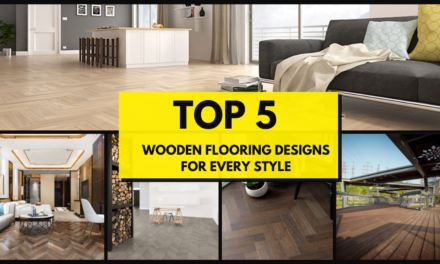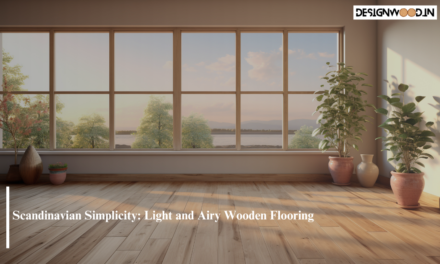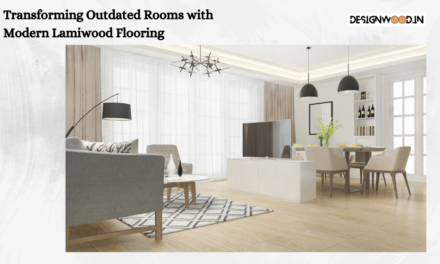In a world where modernity often dominates, the allure of nature remains timeless. Natural elements bring a sense of tranquility, warmth, and harmony to any space, fostering a connection with the outdoors even within the confines of our homes. Lamiwood, a pioneering leader in wooden flooring, has made it their mission to incorporate nature into interior spaces through their innovative approach seamlessly. Let’s explore how Lamiwood embraces natural elements to wooden flooring to bring the beauty of the outdoors indoors.
Sustainable Materials:
Lamiwood is committed to sustainability and environmental responsibility. They prioritize using eco-friendly materials sourced from renewable sources, ensuring that their designs not only enhance indoor spaces but also contribute to the preservation of the natural world. From responsibly harvested wood to recycled materials and low-VOC finishes, Lamiwood’s commitment to sustainability shines through in every aspect of its design process.
Wood Accents and Finishes:
Wood is a quintessential natural element that adds warmth, texture, and character to interior spaces. Lamiwood incorporates wood accents and finishes in its designs to create a sense of organic beauty and timeless elegance. Whether it’s hardwood flooring, reclaimed wood furniture, or custom woodwork, the natural grain patterns and rich tones of wood infuse spaces with a sense of rustic charm and sophistication.
Biophilic Design Principles:
Biophilic design focuses on creating environments that nurture a deep connection with nature, promoting health, well-being, and productivity. Lamiwood embraces biophilic design principles by incorporating elements such as natural light, indoor plants, water features, and organic shapes into their projects. By blurring the boundaries between indoor and outdoor spaces, Lamiwood’s designs evoke a sense of serenity and rejuvenation inspired by nature.
Bringing the Outdoors In:
Lamiwood’s approach to interior design goes beyond aesthetics; it’s about creating immersive experiences that evoke the sights, sounds, and sensations of the natural world. Through the strategic placement of windows, skylights, and glass doors, Lamiwood maximizes natural light and views, allowing occupants to feel connected to the surrounding landscape. Additionally, indoor-outdoor living spaces, such as patios, decks, and garden rooms, seamlessly integrate with the interior, blurring the distinction between inside and outside.
Natural Color Palettes:
Color plays a crucial role in evoking the essence of nature within interior spaces. Lamiwood opts for natural color palettes inspired by earthy tones, muted hues, and organic shades found in the natural world. From soft greens and soothing blues to warm browns and sandy neutrals, these colors create a sense of calmness, balance, and harmony, inviting occupants to relax and unwind in their surroundings.
Texture and Sensory Experiences:
In addition to visual elements, Lamiwood pays close attention to texture and sensory experiences to evoke the feeling of being immersed in nature. Textured materials such as stone, bamboo, rattan, and jute add tactile interest and depth to interior spaces, while soft fabrics and natural fibers provide comfort and coziness. By engaging multiple senses, Lamiwood designs create a holistic experience that stimulates the mind, body, and soul.
Conclusion:
Incorporating natural elements into interior design is not just a trend for Lamiwood; it’s a philosophy that defines their approach to creating spaces that inspire, uplift, and rejuvenate. By prioritizing sustainability, embracing biophilic design principles, bringing the outdoors in, utilizing natural color palettes, and focusing on texture and sensory experiences, Lamiwood brings the beauty of nature indoors in a way that is both timeless and transformative. With their innovative approach, Lamiwood continues to set the standard for creating harmonious living environments that celebrate the inherent connection between humans and the natural world.
Also, you may like : THE INTERPLAY OF COLOR AND TEXTURE IN FLOORING





